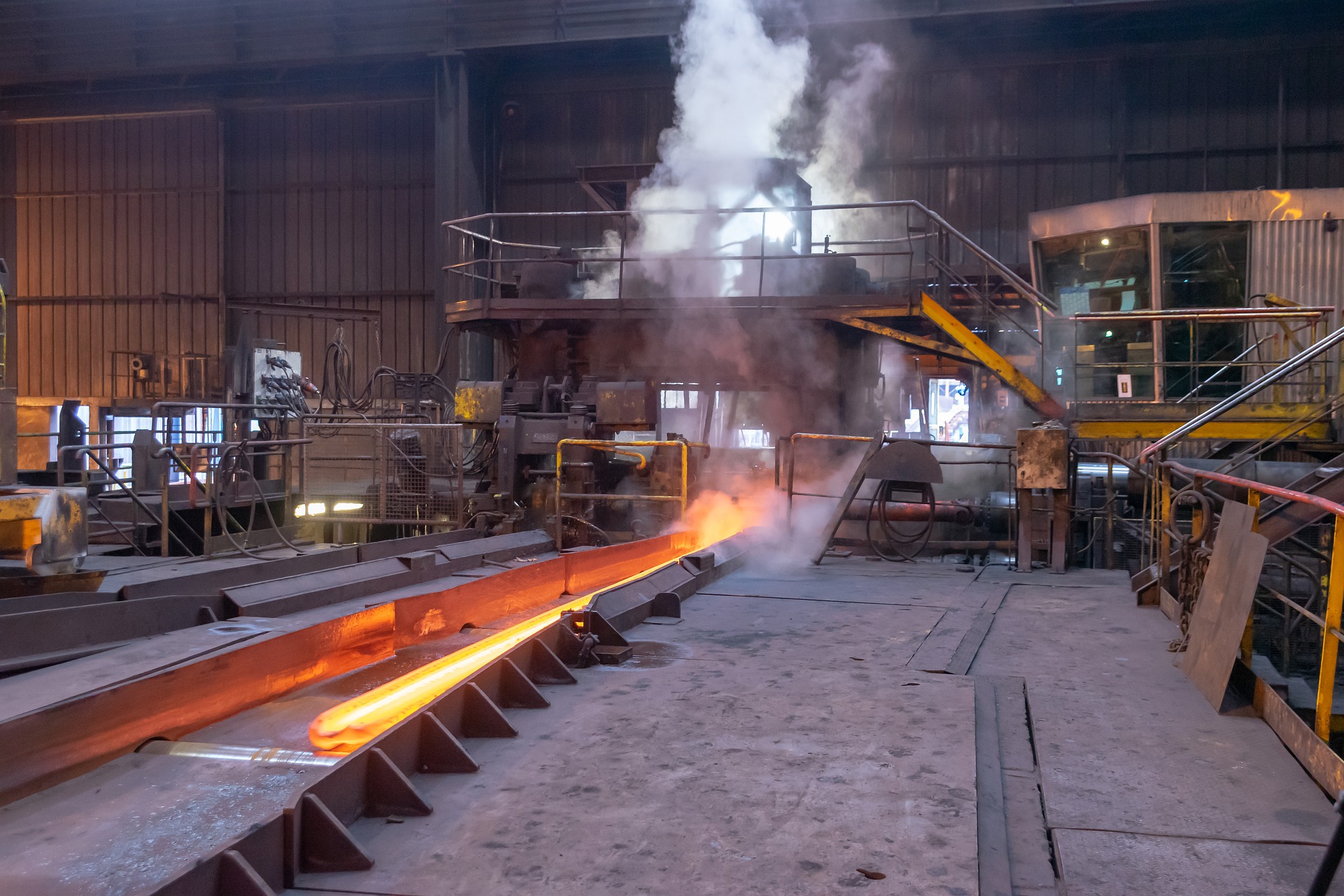Powder Metallurgy Steel Making

Conventional steelmaking using electric-arc furnaces and decarburization is still very common. However, the internal structure of the cast ingots made with this process isn’t uniform, which negatively affects the qualities of the steel. Sure, a hot method can be used on the ingots to break up the segregated structure, but the structure still won’t be homogenous.
A new steel making process called “Powder Metallurgy” can mitigate these issues. Basically, the process creates steel droplets that act like small ingots where segregation and fine carbides are less likely to happen. Powder Metallurgy leads to steel with a more uniform structure with less segregation and homogenous carbide distribution.
Two different powder metallurgy steel making processes are used:
- Hot Isostatic Pressing (HIP)
- Sprayform process
The HIP process starts with melting the steel in a furnace, just like with the standard method. However, in this case, much smaller quantities are melted. Then, the melted metal is drained through a small nozzle with the help of pressurized gas. Then, small steel droplets are formed, each solidifying into a powder in an atomization chamber. Finally, the dust is collected in a vacuumed steel container and hot-pressed.
The Sprayform process is similar in the first few stages. The molten steel is poured through a small nozzle and atomized with pressurized gas. However, instead of solidifying in an atomization chamber, the droplets are directed on a rotating flat platform, which helps them fuse with each other. Here, the ingot is built steadily, instead of being hot-pressed.
Using powder metallurgy steel making leads to several advantages, such as improved toughness and chip resistance, improved wear resistance, good grindability, good machinability, and consistent heat response. Also, using the powder metallurgy steel making process can lead to alloys of higher grades than possible with a conventional steel making process.

 Tech Steel & Materials
Tech Steel & Materials